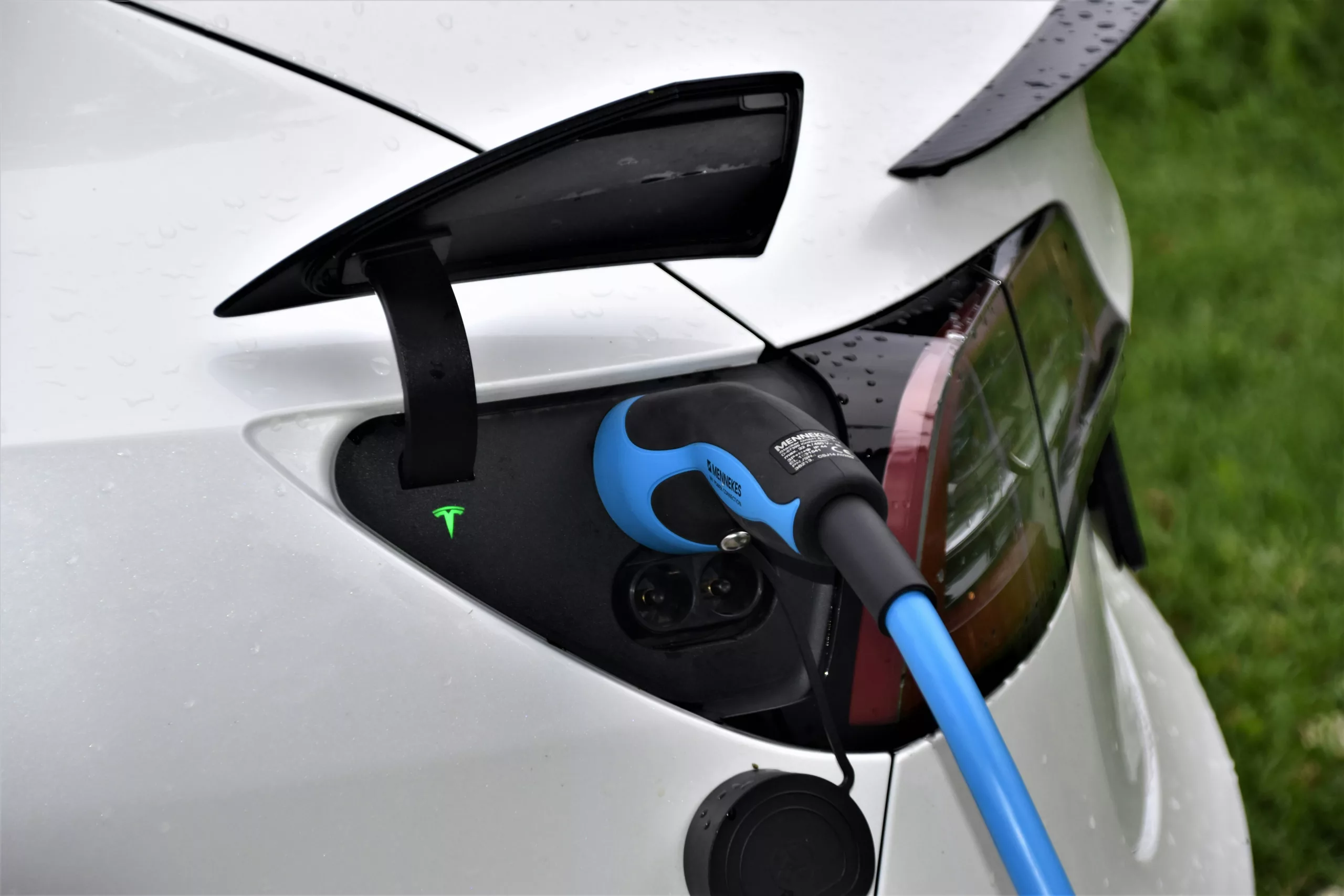The automotive industry stands at a pivotal point, with the Biden administration’s revised EPA emissions regulations significantly leveling the playing field between plug-in hybrid vehicles (PHEVs) and electric vehicles (EVs). The rules essentially value a PHEV at three quarters that of an EV, sparking a potential surge in PHEV offerings due to their cost-effectiveness and lesser reliance on scarce battery resources.
Deciphering the Mixed Bag of PHEVs
PHEVs come with their own set of advantages and challenges. Ideally, if PHEVs are charged nightly, the majority of driving can be emission-free, outperforming both conventional hybrids and internal combustion engine vehicles. Yet, this ideal scenario relies heavily on consistent charging habits and access, which isn’t always the case. Many owners may find themselves unable to charge due to lack of infrastructure or simply choose not to due to misconceptions about costs.
In an attempt to mitigate these issues, strategies like revising tax incentives, encouraging landlords to install charging points, and advocating for longer-range PHEVs could be key. Treated correctly, PHEVs could serve as a bridge, introducing drivers to the benefits of electrified transportation and inching them closer to committing to a fully electric vehicle.
Charging Infrastructure: An Unforeseen Casualty?
A less obvious consequence of the PHEV pivot could be the unforeseen impact on the growth of EV charging stations. A potential decrease in EV sales in favour of PHEVs might lead to reduced investments in the charging network infrastructure, which is already struggling to meet current needs. This cascading effect could dampen the overall demand for EVs in a scenario I’ve termed the “reverse catch 22”.
However, this doesn’t have to be the narrative. PHEVs offer an opportunity to slow down the shift to EVs, allowing infrastructure to catch up without overburdening resources. If managed well, PHEVs could be instrumental in preparing the market and infrastructure for a more robust EV adoption phase.
Turning the Tide in Favour of EV Infrastructure
Addressing the interplay between PHEVs, EVs, and charging infrastructure requires dissection of several factors. These include the direct demand for EV charging, perceptions held by investors, the likelihood of PHEV owners transitioning to EVs in the long run, and confidence in the charging network for long-distance travel.
The trajectory of EV charging demand will correlate to the real-world usage of electric vehicles—no one yearns for a service they can’t use. Investor apprehension could be swayed by the initial popularity of PHEVs, mudding the waters for those considering whether it’s the opportune moment to fund charging stations. Deterred investors could inadvertently hinder the progress of charging infrastructure, creating a choke point for future EV adoption.
Whether PHEV owners see their vehicles as transient solutions or end-goal choices may hinge on the reliability and convenience of charging networks. A positive experience with electric mobility at a local scale could propel them towards a complete switch to EVs unless faced with persistent road-trip charging headaches.
Charting a Course to a Sustainable EV Future
Improving the reputation of charging networks is paramount—both from investor and user perspectives. It’s critical to celebrate successes as much as it is to address shortcomings to foster confidence in EV technology. Amplifying positive experiences and actively working with businesses to extend charging options, especially in less-served areas, are steps towards ensuring PHEVs mark a transition to a more electrified future, rather than a detour.
